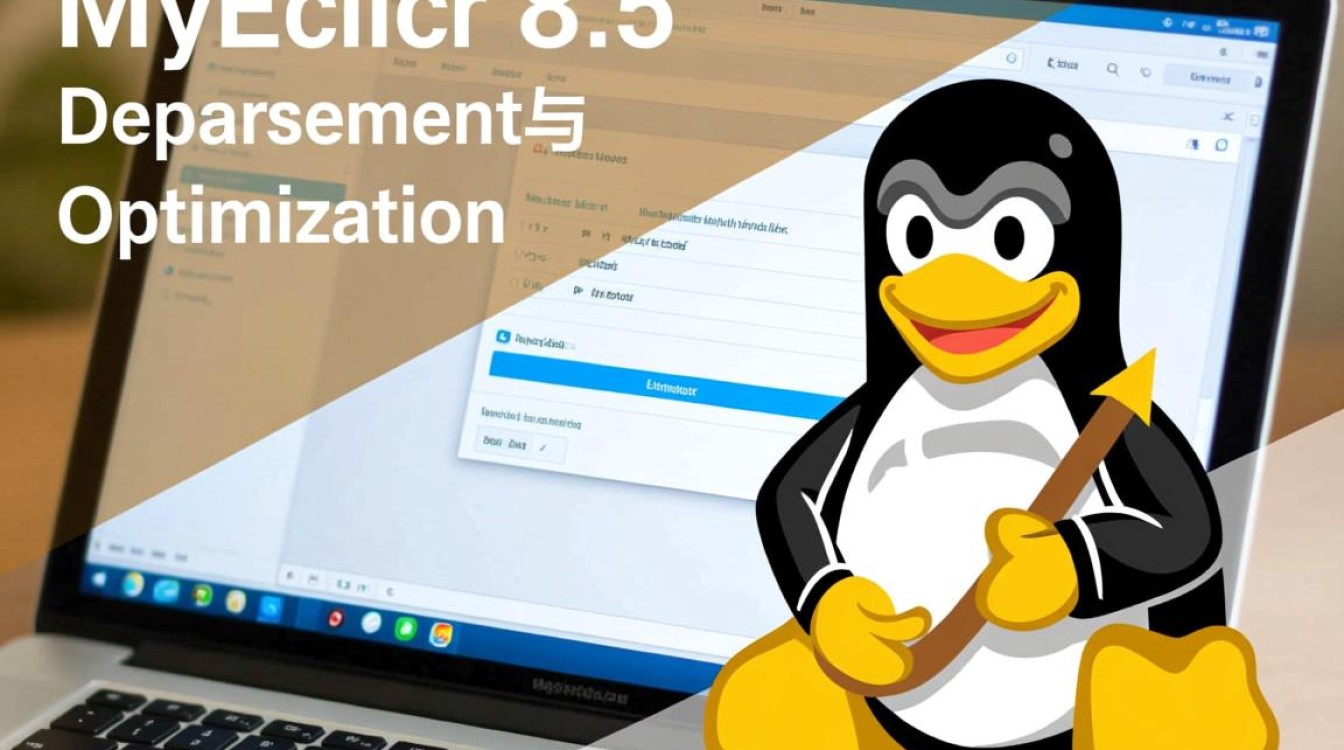Linux复制文件函数是文件操作中的核心功能之一,广泛应用于系统管理、软件开发和日常运维场景,在Linux系统中,复制文件可以通过多种方式实现,包括系统调用、标准库函数以及命令行工具,本文将从底层原理到实际应用,详细解析Linux环境下复制文件的相关函数及其使用方法。

系统调用级别的文件复制
在Linux内核中,文件复制主要通过read()和write()两个系统调用组合实现,这种方式的优点是效率高、开销小,适合需要直接与内核交互的场景。
read()系统调用
read()函数用于从文件描述符对应的文件中读取数据,其原型为:
ssize_t read(int fd, void *buf, size_t count);
参数说明:
fd:文件描述符,通过open()函数获取buf:存储读取数据的缓冲区count:要读取的最大字节数
返回值:成功返回读取的字节数,失败返回-1
write()系统调用
write()函数将数据写入文件描述符对应的文件,其原型为:
ssize_t write(int fd, const void *buf, size_t count);
参数与read()类似,buf指向要写入的数据缓冲区。
实现示例
以下代码展示了使用read()和write()复制文件的完整流程:

#include <fcntl.h>
#include <unistd.h>
#include <stdio.h>
#define BUFFER_SIZE 4096
int copy_file(const char *src, const char *dst) {
int src_fd = open(src, O_RDONLY);
if (src_fd == -1) {
perror("open source file");
return -1;
}
int dst_fd = open(dst, O_WRONLY | O_CREAT | O_TRUNC, 0644);
if (dst_fd == -1) {
perror("open destination file");
close(src_fd);
return -1;
}
char buffer[BUFFER_SIZE];
ssize_t bytes_read;
while ((bytes_read = read(src_fd, buffer, BUFFER_SIZE)) > 0) {
if (write(dst_fd, buffer, bytes_read) != bytes_read) {
perror("write error");
close(src_fd);
close(dst_fd);
return -1;
}
}
close(src_fd);
close(dst_fd);
return 0;
}
标准库函数封装
直接使用系统调用需要处理大量细节,标准库提供了更便捷的文件复制函数,其中最常用的是fopen()、fread()和fwrite()组合。
fopen()函数
用于打开文件,返回FILE*指针:
FILE *fopen(const char *path, const char *mode);
常用模式:
"r":只读"w":只写,文件不存在则创建,存在则清空"a":追加写入
fread()和fwrite()函数
fread()用于读取数据:
size_t fread(void *ptr, size_t size, size_t nmemb, FILE *stream);
fwrite()用于写入数据:
size_t fwrite(const void *ptr, size_t size, size_t nmemb, FILE *stream);
实现示例
#include <stdio.h>
#define BUFFER_SIZE 4096
int copy_file_f(const char *src, const char *dst) {
FILE *src_file = fopen(src, "rb");
if (!src_file) {
perror("fopen source");
return -1;
}
FILE *dst_file = fopen(dst, "wb");
if (!dst_file) {
perror("fopen destination");
fclose(src_file);
return -1;
}
char buffer[BUFFER_SIZE];
size_t bytes_read;
while ((bytes_read = fread(buffer, 1, BUFFER_SIZE, src_file)) > 0) {
if (fwrite(buffer, 1, bytes_read, dst_file) != bytes_read) {
perror("fwrite error");
fclose(src_file);
fclose(dst_file);
return -1;
}
}
fclose(src_file);
fclose(dst_file);
return 0;
}
高级文件复制函数
标准库还提供了更高级的函数,如copy_file_range(),支持零拷贝复制,效率更高。

copy_file_range()函数
ssize_t copy_file_range(int fd_in, loff_t *off_in, int fd_out,
loff_t *off_out, size_t len, unsigned int flags);
优点:
- 内核态直接复制,无需用户态缓冲区
- 支持大文件高效复制
- 避免数据在内核和用户空间之间的多次拷贝
使用限制
- 需要Linux 4.5以上版本
- 源文件和目标文件必须在同一文件系统
- 不支持跨设备复制
不同复制方式的性能对比
| 方法 | 优点 | 缺点 | 适用场景 |
|---|---|---|---|
| read/write | 效率高,控制精细 | 需要手动管理缓冲区 | 系统编程,高性能场景 |
| fread/fwrite | 使用简单,可移植 | 有用户态缓冲开销 | 应用程序开发,常规文件操作 |
| copy_file_range | 零拷贝,效率最高 | 版本要求高,限制多 | 同文件系统大文件复制 |
错误处理与最佳实践
- 错误处理:所有文件操作都应检查返回值,确保资源正确释放
- 缓冲区大小:建议使用4KB或更大的缓冲区,与文件系统块大小对齐
- 原子性操作:对于关键文件复制,可先复制到临时文件,重命名后再替换原文件
- 权限保留:使用
fstat()获取源文件权限,通过fchmod()设置目标文件权限
实际应用示例
以下是一个完整的文件复制工具实现,包含进度显示和错误处理:
#include <stdio.h>
#include <stdlib.h>
#include <fcntl.h>
#include <unistd.h>
#include <sys/stat.h>
#include <errno.h>
void print_progress(off_t copied, off_t total) {
const int bar_width = 50;
float progress = (float)copied / total;
int pos = bar_width * progress;
printf("\r[");
for (int i = 0; i < bar_width; ++i) {
if (i < pos) printf("=");
else if (i == pos) printf(">");
else printf(" ");
}
printf("] %.2f%%", progress * 100);
fflush(stdout);
}
int copy_file_with_progress(const char *src, const char *dst) {
int src_fd = open(src, O_RDONLY);
if (src_fd == -1) {
perror("open source");
return -1;
}
struct stat src_stat;
if (fstat(src_fd, &src_stat) == -1) {
perror("fstat source");
close(src_fd);
return -1;
}
int dst_fd = open(dst, O_WRONLY | O_CREAT | O_TRUNC, src_stat.st_mode);
if (dst_fd == -1) {
perror("open destination");
close(src_fd);
return -1;
}
off_t total = src_stat.st_size;
off_t copied = 0;
char buffer[4096];
ssize_t bytes_read;
while ((bytes_read = read(src_fd, buffer, sizeof(buffer))) > 0) {
if (write(dst_fd, buffer, bytes_read) != bytes_read) {
perror("write error");
close(src_fd);
close(dst_fd);
return -1;
}
copied += bytes_read;
print_progress(copied, total);
}
printf("\nFile copied successfully\n");
close(src_fd);
close(dst_fd);
return 0;
}
Linux文件复制函数提供了从底层系统调用到高级库函数的多种实现方式,开发者应根据具体需求选择合适的函数:需要高性能时使用read/write或copy_file_range,注重可移植性时选择fread/fwrite,无论哪种方式,完善的错误处理和资源管理都是保证程序稳定运行的关键,在实际应用中,合理设置缓冲区大小、利用文件系统特性以及优化复制流程,都能显著提升文件操作效率。


















